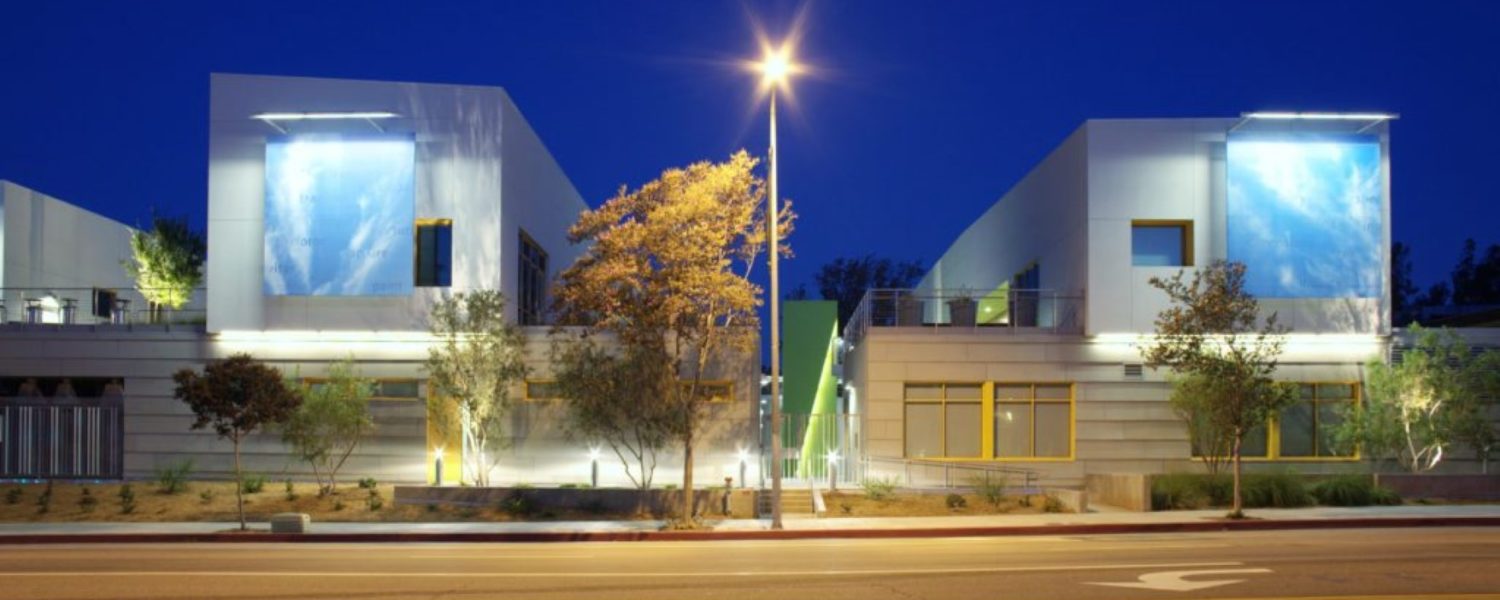Our private school construction series explores different facets of the private school construction process. It provides education executives and their teams high-level insights and tools to navigate their capital projects.
Part one of our private school construction series explores how building your team early puts your capital project on track to deliver a facility that will inspire for years to come.
1. Building Your Team Early
You know you want to collaborate with your team, but you’re also going to want your team to collaborate with each other. And you’re going to want them to collaborate early. It helps to spot holes and reduce the potential for costly change orders later.
Collaborating harnesses the talent and insight of all participants, reduces waste and optimizes efficiency. One way to start the collaboration process is to involve all stakeholders and consultants from the earliest practical and responsible moment, and lead an approach where all participants commit to work as a team for the best interests of the project.
One common mistake is assuming you need to bring a specific consultant on board only as her or his part of the project starts. However, you’ll need some crucial consultants earlier than you might expect.
For example, on a large project you may want a geological engineer upfront so s/he can give the limits on the foundation while you are still in the early phases of design. If you are building a new building, you may want a facilities engineer at the beginning. Leveraging your consultants early can highlight logistical issues you’re going to encounter and help you think through the process.
Though you may be doing some of this work as an initial investment prior to the bulk of your fundraising, you’ll be getting the early due diligence out of the way. It’s also a sign to funders that you are serious about the project.
Additionally, the information you gain from, for example, having civil and soils engineers explore the land of the site is often timeless and will likely be just as relevant 15 years down the road.
As you bring consultants on board, seek team members who are on the same page in terms of culture and values. Then, aim to build relationships with them.
Here’s one project executive’s story of how sharing values supports finding innovative solutions:
There is a certainty on the campus of one of our clients: boulders under the surface of the grade, and oak trees.
Preserving the Heritage oaks that are the trademark of the campus was always the most important task we had to consider. The dorm we were building was unique. The footprint of the 50-year-old building was under the canopy of several 100-year-old oak trees. Therefore, we could not demolish 100% of the building. If we had, the building department would not have permitted a new facility, since the oaks take precedence.
Instead, we demolished the part of the building above the 1st floor and built on the existing footprint. For the new additions to the building – which weren’t under the canopy – we drilled 110 caissons 50’ deep though huge boulders to create a foundation.
We had to do this because the standard continuous footings were not possible. Continuous footings would have damaged the feeder roots for the oaks, and it was uncertain if the trees could tolerate the shock. The school was concerned that the shock would cause the trees to die in ten years.
To mitigate this concern, we poured grade beams between the caissons that were formed above grade. That way we didn’t disturb the root system. It was the most innovative of all the work we did out there.
Construction impacts life heavily and creates huge inconveniences for lots of people — including neighbors. Getting the right consultants on board helps minimize impacts and maximize the quality of the building and the timeframe.
2. Building Community Support
Part two of our private school construction series explores how to build community support around your capital project and deliver a facility that will inspire students, parents and faculty for years to come.
“Schools should ideally establish ongoing relations with neighbors so when it’s time to talk construction, the relationship is in place,” says one owner’s rep from an independent day school, grades 6-12.
One way his school built a relationship with the neighbors over a period of years was by showing appreciation through holiday gifts. When it came time for construction, the school was able to get a variance for the volleyball/basketball gym though their town was incredibly strict about building height.
In the interview process, you may be asking potential builders, “Can you build this type of structure?” But also ask, “How will you manage the impact on everyone around us? The adjacent properties and the neighbors across the street? What’s your track record working with the neighbors, the city council, the greater community?”
If your school is located on a busy thoroughfare that thousands of people drive every morning, and your construction traffic is making CEOs and executives late to work on their commute, it’s highly likely those types of residents will call the city council. In your case, keeping the neighbors happy would mean keeping the traffic happy, thus keeping you out of the newspaper and politics off your job site.
Once you’re in the thick of it, work your community relations.
Things that work:
- Establish neighborhood committees for all constituencies. Invite them to campus once a month for lunch with the facilities manager and other representatives of the project
- Give job site tours. Donors are always welcome, schedule times for parents and neighbors.
- Choose a project manager to lead the tours who can pique interest and fascinate the audience with how it’s done
- Establish a website and post construction updates weekly. Also post six-month and one-year time lines. Your neighbors may want to plan a vacation during a time of greatest disturbance
- Go the extra mile. For example, if demo or grading creates dust and dirt, have your neighbors’ windows washed
- Communicate in nitty-gritty detail. Exactly how many trucks will be lined up to take away dirt?
This information is courtesy of MATT Construction, www.mattconstruction.com. Visit them online to download their free eBook “Private School Construction – 8 Best Practices for K-12 Education Executives Facing a Capital Project.”





